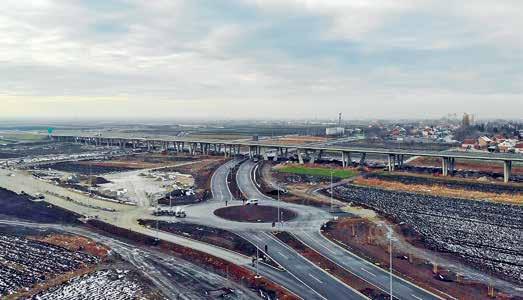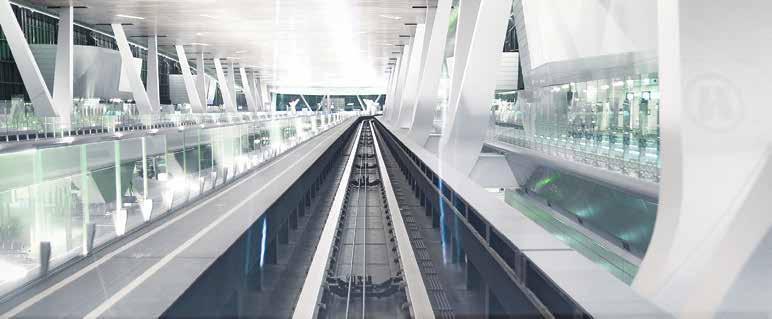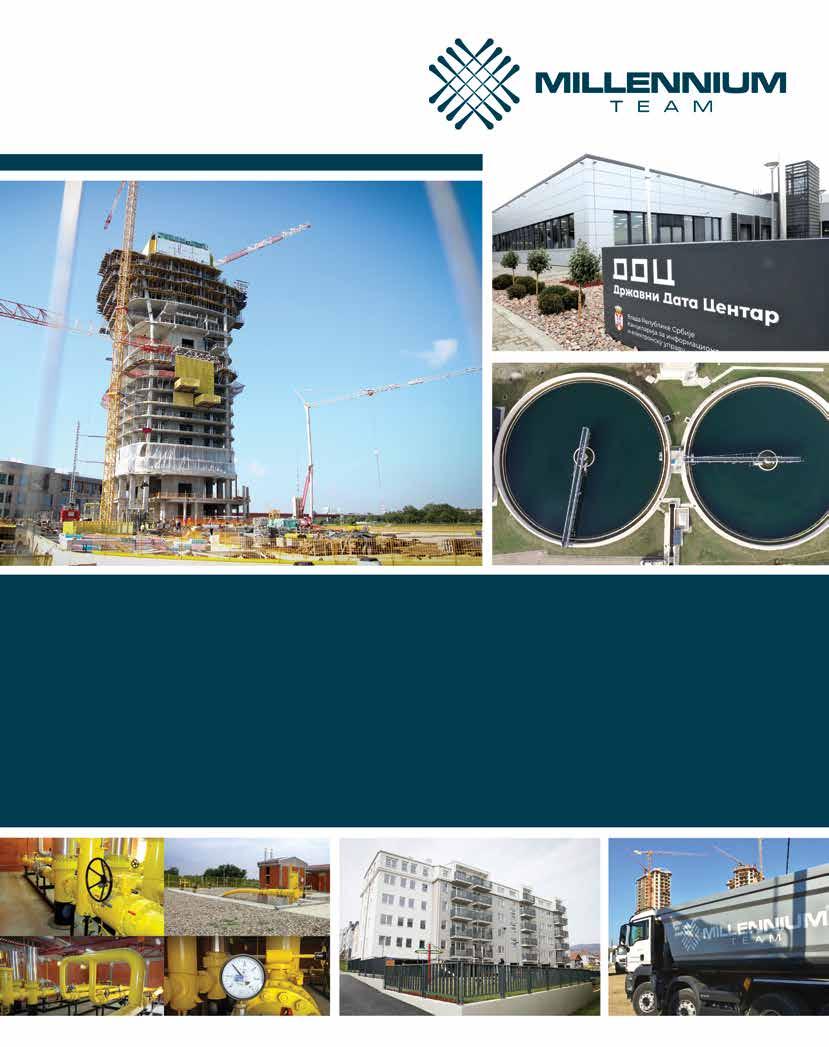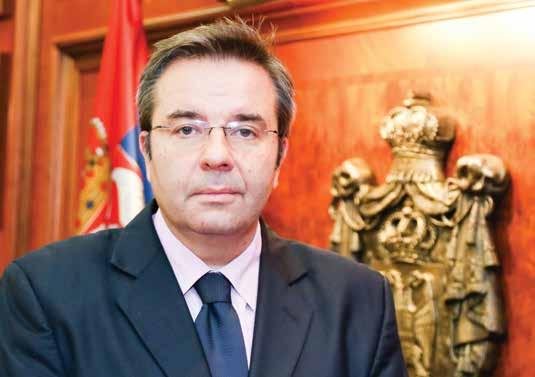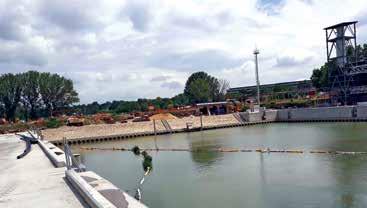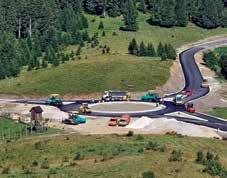CONSTRUCTION, TRANSPORT AND INFRASTRUCTURE 2021
INTERVIEW
ĐORĐE MILIĆ, ASSISTANT MINISTER FOR SPATIAL PLANNING AND URBANISM
Unveiling The Republic Of Serbia's
NEW SPATIAL PLAN The Spatial Plan of the Republic of Serbia represents the basic planning document for spatial planning and development in the country, with which the long-term strategic framework for the directing and managing of spatial development is determined. The third Spatial Plan of the Republic of Serbia is harmonised with the new 'Serbia 2025' national investment programme and other strategic documents.
T
he preparation of the Third Spatial Plan of the Republic of Serbia is the result of multiple decades of continuous spatial planning in the Republic of Serbia and represents the continuation of the previous two planning cycles. The First Spatial Plan of the Republic of Serbia was adopted in 1996, following an unusually long process (almost three decades). The First Spatial Plan was adopted under specific socio-economic circumstances and lacked elaborated instru32
mentation for its implementation. The Second Spatial Plan of the Republic of Serbia, which is currently in force, was adopted in 2010 with an envisaged time-frame lasting until 2020. The implementation of this plan is supported by implementation programmes and reports on the realisation of the spatial plan for the first time in the practice of planning. The Third Spatial Plan of the Republic of Serbia is currently being prepared under the circumstances of the global pandemic of the
COVID-19 infectious disease, in accordance with the new “Serbia 2025” national investment programme, sectoral strategies, development planning documents and public policies, the results of previous research, the conditions of competent public institutions and bodies, as well as being aligned with international frameworks and documents pertaining to the field of spatial planning and spatial development. The scope of the Spatial Plan encompasses the territory of the Republic of Serbia, in accordance with the Constitution of the Republic of Serbia and the Law on Territorial Organisation of the Republic of Serbia. The implementation time-frame is harmonised with the long-term time-frame of the majority of sectoral strategies. The long-term strategy, concepts and planning solutions for spatial development are defined for a time-frame extending until 2035. Some solutions in this plan are perceived for a lasting period that is not limited to the specific time-frame. The implementation of national goals and the strategic commitments of spatial development will be enabled through the applying and elaborating of long-term strategic, conceptual and planning solutions of the spatial plan in the development of planning documents, public policies, spatial and urban plans. The harmonising of national, regional and local interests and development priorities will be implemented through the development of planning documents at the regional and local level, within the scope of which planning solutions and priorities will be further developed in

